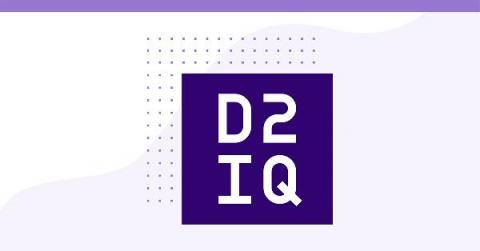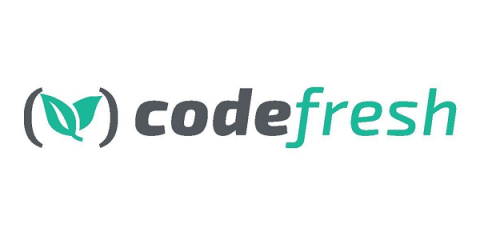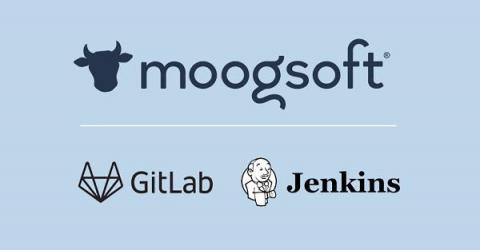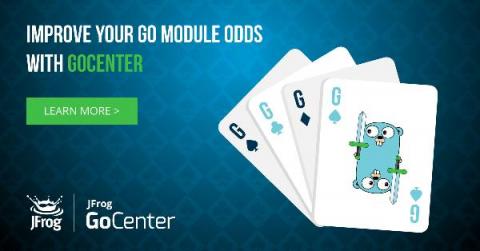Dispatch evolves as the only Kubernetes native, CI/CD platform leveraging Tekton, ArgoCD and more
Responsibilities are shifting between software developers and operators due to the increasing adoption of agile development practices, DevOps, and GitOps. This makes it challenging for developers and operators to effectively collaborate in order to increase developer agility and productivity. D2iQ’s Dispatch is built on a cloud native foundation, leveraging Tekton and Argo CD to simplify running CI/CD on Kubernetes with a simplified user experience.











